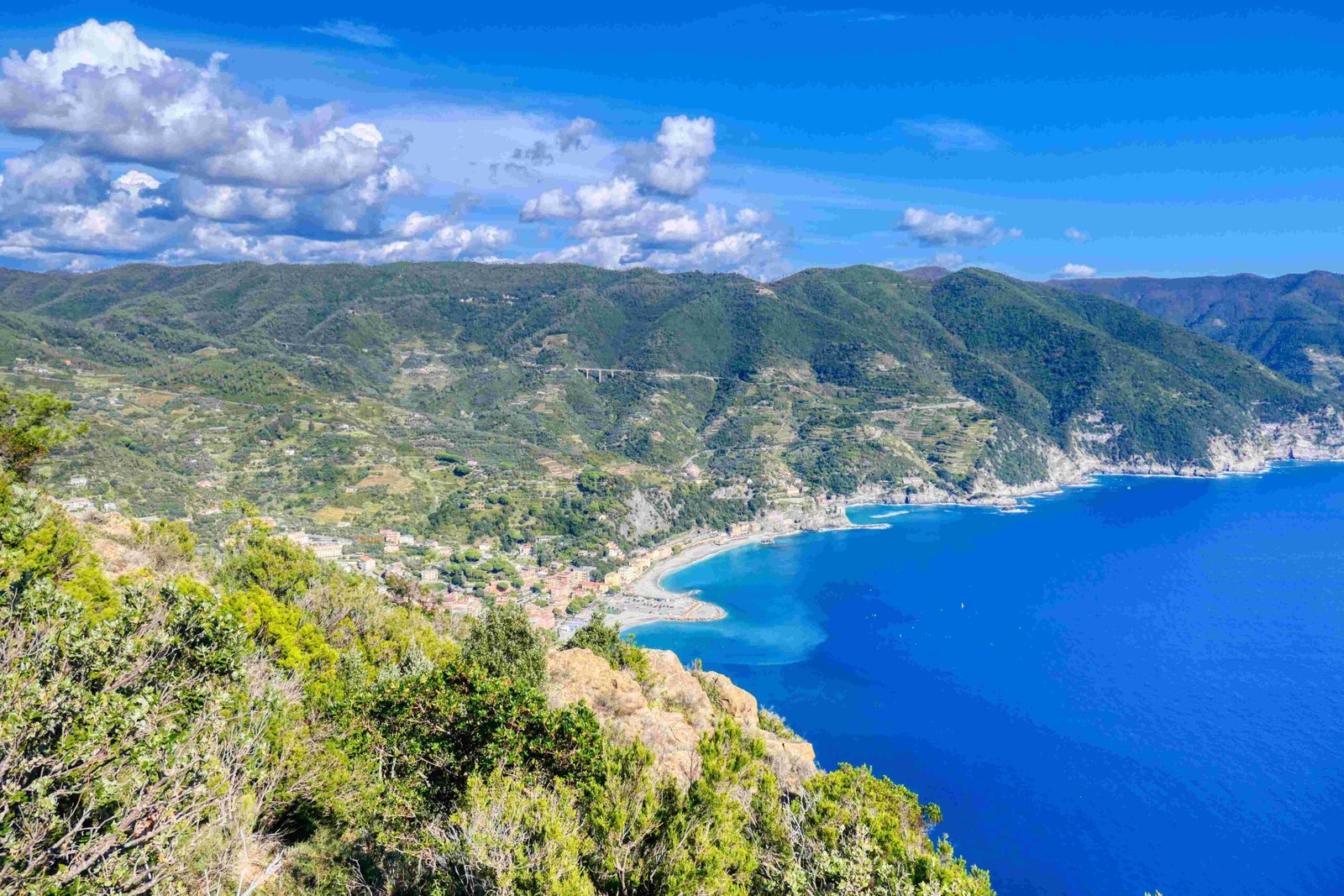The Cinque Terre terraces represent a remarkable testament to human perseverance and agricultural innovation, where generations of farmers have carved intricate agricultural landscapes into near-vertical coastal cliffs. These meticulously constructed stone-walled terraces stretch across five picturesque villages, transforming seemingly impossible terrain into productive agricultural spaces that produce world-renowned wines, olives, and citrus fruits.
What Makes Cinque Terre Terraces Unique?
Historical Agricultural Engineering
The Cinque Terre terraces are not merely agricultural spaces but living historical monuments. Constructed over centuries, these terraces represent an extraordinary human achievement of transforming inhospitable rocky landscapes into productive agricultural zones.
Key Characteristics
- Total Terrace Length: Approximately 7,000 kilometers
- Construction Period: Primarily between 11th-16th centuries
- Primary Agricultural Products:
- Grapes
- Olives
- Lemons
- Vegetables
How Were Cinque Terre Terraces Built?
The construction of these terraces involved remarkable engineering skills:
| Construction Method | Materials Used | Technique |
|---|---|---|
| Dry Stone Walls | Local Slate and Limestone | Interlocking Stones without Mortar |
| Terracing Technique | Natural Rock Formations | Horizontal Platforms with Drainage |
| Water Management | Natural Channels | Gravity-Based Irrigation Systems |
What Crops Thrive on Cinque Terre Terraces?
Vineyard Ecosystem
The terraces primarily support grape cultivation, with three primary grape varieties:
– Bosco: Primary white wine grape
– Vermentino: Aromatic white wine grape
– Albarola: Local indigenous variety
Olive Grove Characteristics
- Olive Tree Varieties: Taggiasca and Pignola
- Average Terrace Olive Grove Size: 0.5-2 hectares
- Annual Olive Oil Production: Approximately 500-1000 liters per village
Where Can Visitors Experience Cinque Terre Terraces?
Top Hiking Trails with Terrace Views
- Monterosso to Vernazza Trail
- Length: 3.6 km
- Difficulty: Moderate
- Estimated Time: 2 hours
-
Highlights: Panoramic vineyard and coastal views
-
Corniglia to Manarola via Volastra
- Length: 4-5 km
- Difficulty: Challenging
- Estimated Time: 3-4 hours
- Highlights: Extensive vineyard landscapes
Conservation and UNESCO Recognition
The Cinque Terre terraces are recognized as a UNESCO World Heritage site, acknowledging their cultural and agricultural significance. Local communities continue traditional maintenance practices, ensuring these landscapes remain productive and preserved.
Sustainable Agricultural Practices
Modern terrace management involves:
– Minimal mechanical intervention
– Traditional hand-cultivation techniques
– Organic farming methods
– Community-based conservation efforts
Best Times to Visit Cinque Terre Terraces
| Season | Recommended Activities | Agricultural Highlights |
|---|---|---|
| Spring | Hiking, Photography | Vineyard Budding |
| Summer | Wine Tasting, Hiking | Grape Ripening |
| Autumn | Harvest Festivals | Grape Harvest |
| Winter | Landscape Photography | Pruning and Maintenance |
Expert Tips for Terrace Exploration
- Purchase a Cinque Terre hiking pass
- Wear comfortable walking shoes
- Carry sufficient water
- Respect local agricultural spaces
- Consider guided tours for in-depth understanding
Economic Impact of Terraces
The terraces contribute significantly to local economy through:
– Wine production
– Olive oil manufacturing
– Agricultural tourism
– Cultural preservation
Photographic Opportunities
Recommended Photography Locations:
– Volastra Viewpoint
– Punta Mesco
– Between Manarola and Corniglia
Conclusion
The Cinque Terre terraces represent more than an agricultural landscape—they are a living narrative of human adaptation, resilience, and harmony with challenging natural environments.

